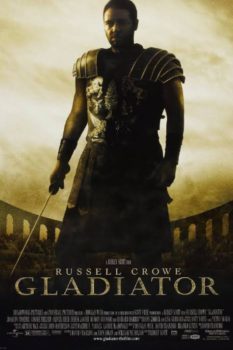How to Save your Story Ending
 IN his influential book, Save the Cat, Blake Snyder
IN his influential book, Save the Cat, Blake Snyder
offers an approach to writing your story that comprises of a beat sheet of fifteen dramatic units.
They are:
1. Opening Image
2. Theme Stated
3. Set-Up
4. Catalyst
5. Debate
6. Break into Two
7. B Story
8. Fun and Games
9. Midpoint
10. Bad Guys Close In
11. All Is Lost
12. Dark Night of the Soul
13. Break into Three
14. Finale
15. Final Image
Blake Snyder’s story structure is solid, but there is a possible weakness in the gap between the Break into Three and Finale. The danger is that the sudden reversal of fortunes may appear too abrupt to be credible.
The Break into Three shows the hero at his lowest ebb. But the Finale typically shows the hero in a last ditch attempt to try again. It is the most vulnerable point of the Hollywood ending – the moment when your story, which cannot allow the protagonist to fail, turns the tables on the antagonist.
How can we prevent this last twist from appearing forced?
Making your story ending more credible
In Gladiator, the lowest moment occurs when Maximus finds himself on his knees in the arena, nursing an earlier wound, swordless, and pierced by the Emperor’s blade. His efforts to avenge his murdered family and save Rome from the clutches of the madman seem to have failed.
How does he go from defeat to victory in the space of a beat?
The answer lies in Maximus’ physical strength, his love for his family, and his loyalty to Rome. This grants him the strength to pull the Emperor’s sword out of his own body and turn it against the Emperor himself, ending the tyrant’s life.
The twist seems believable because it marries the theme of the story (that integrity and moral fortitude will trump lascivious greed) to Maximums’ character arc. We find it fitting that the strong and noble Maximus, who has given his life to the service of Rome, should find the strength to rid his country of its incestuous ruler by sacrificing his own life.
Summary
Tie your hero’s lowest moment to his character arc and to the theme of your story to allow the audience to experience the ending as fitting rather than forced and formulaic.
Tweet
The post How to Save your Story Ending appeared first on Stavros Halvatzis Ph.D..



